|
After nearly three months of traveling across Southeast Asia, it’s time to wrap things up. We’ve traveled through 4 countries, 23 cities, slept in an endless number of hotel/guesthouse/homestay beds (26 to be exact) and have taken 10 flights, 8 bus rides, 6 ferries, 1 train ride, and a seemingly endless motorbike ride. We’ve covered a lot of miles and had some awesome and not-so-awesome moments along the way. Here’s a list of the best, and most forgettable, moments from our 79 days in Vietnam, Cambodia, Indonesia, and Thailand (in no particular order).
The best moments in Southeast Asia
The most forgettable moments in Southeast Asia
So, obviously there are quite a few things about Southeast Asia we won’t miss. Some examples, you ask? Well, we definitely won’t miss constantly smelling like 100% Deet bug spray in a desperate attempt to avoid malaria and dengue fever. We won’t miss all-in-one bathroom/showers. We won’t miss the (pardon our French) shitty roads and ridiculously long bus rides, or having to buy bottled water everywhere. We also won’t miss the bland, monotonous Asian lagers and pilsners, the presence of very large rats and poisonous SNAKES, and least of all, super sketchy ferry rides. But there’s plenty more parts of Asia that we will truly miss. First and foremost, the food! It’s delicious, accessible, and super cheap. The way these countries balance flavors, especially hot and cold, spicy and sweet, is unbelievable. It’s difficult to find authentic food of this quality in the United States. Southeast Asia is also a really, really beautiful part of the world where natural wonders seem to pop up out of nowhere. Ha Long Bay, Vietnam, the mountains of Northeast Thailand, Koh Phi Phi, and Ubud, Indonesia are just a few of the truly amazing places we will never forget. We’ll also miss the people, who so often were incredibly gracious, humble, and welcoming to us. We made some great friends along the way that we’ll stay in touch with for a very long time. We’ll miss our favorite snacks, like green tea Cornetto ice cream cones, Paddle Pop popsicles, Milka Crackers and banana chips. We’ll miss the motorbikes that are EVERYWHERE in SE Asia, sometimes with entire families (up to 5 or 6 people) all riding together. We’ll miss Buddhism, Hinduism, and the beautiful temples that dot the tropical landscapes across these countries. We’ll miss 50 cent bottles of beer, Vietnamese coffee, Indonesian Arak, one dollar smoothies, and fresh fruit (mangoes, coconuts, passion fruit and apple bananas) everywhere. We stayed in some very beautiful hotels and homestays for very little money, which we’ll definitely miss. But most of all, we’ll miss the feeling of freedom; of being unattached to the pressures and stress of the western world. Life exists in a different way there, with a stronger connection to the very simple, but very important, parts of life. There’s such beauty in this simplicity, which is found everywhere in Southeast Asia. This way of living, unattached to the western version of “success” and grounded in family and tradition, is something we won’t only miss, we’ll do our best to take home with us.
3 Comments
In the heart of Siem Reap, along the riverside, food carts line the streets. These carts dish out everything from lort cha (short pan-fried noodles) to french crepes to fruit shakes. However, these are hardly your typical food carts. Unlike those we saw in Vietnam, these carts are actually a compact, mobile restaurant. They'attached to the side of the chef’s motorbike, making transportation to the city’s most bustling neighborhoods a non-issue. We've seen an entire family, cruising through town on one of these contraptions. Dad driving, mom, sitting behind, young daughter playing with a toy on top of what normally would be the food prep area. Creative and flexible, they also serve up some tasty and cheap eats. Our favorite street food in Cambodia is lort cha. Short, worm-like noodles, stir fried with broccoli and cabbage, served with a fried egg on top. Enjoyed on red plastic chairs with a local beer, it’s one of the best $2 dinners you’ll ever have. Other options include stir fired veggies and rice, yellow noodle stir fry with egg and even "fried pineapple," mixed with chilies. We also haven't gone a day in Cambodia without a smoothie or fruit shake, as they’re called here. Mango, papaya, passion fruit, pineapple, banana, dragon fruit and coconut are always available and any combination of the above is pure magic on a 90-degree day. Sometimes infused with a few drops of sweetened condensed milk and coconut water, and you'll be in heaven. Again, they’re $1, so we won’t judge if you have a second. the details:
No visit to Cambodia is complete without a trip to Angkor Archeological Park. In fact, for most travelers, it’s probably the only reason they make the journey to Siem Reap. And it’s well worth the trip. the facts The capital of the Khmer Empire from the 9th to 15th centuries, Angkor began under Jayavarman II, a Hindu monarch, in 802. Over 300 years later, King Suryavarman II built the largest religious monument in the world, Angkor Wat. It’s the focal point and most recognizable building of the Angkor complex, however the true value of Angkor rests with the assortment of temples, monasteries, and residences built by the kings of the Khmer Empire over six centuries. The empire warred and grew, only to recede again, while religious dedication fluctuated. Following Suryavarman II’s building of Angkor Wat, King Jayavarman VII converted the state religion to Mahayana Buddhism and constructed Angkor Thom, Ta Prohm, and Preah Khan. Shortly after, the empire returned to Hinduism before a permanent transition to Theraveda Buddhism in the 14th century. the experience Most visit this UNESCO world heritage site by tuk tuk or hired car. Some go via bus, with a large tour group. But these methods require schedules and programmed shuffling from temple to temple. Instead, we go with the third and probably least popular option: bicycles. When the 4:30am alarm leads to a sunrise over Angkor Wat, waking up is easier. Pedaling through the dark Siem Reap streets, sunlight starts to seep through the trees and glisten on the river beside us. A few kilometers to town, followed by a long, straight stretch through Cambodian jungle, leads to the first and most iconic temple, Angkor Wat. Bikes parked, the new day’s sun glows brighter as we cross a bridge over the temple's surrounding moat. We follow the crowds to a shallow pool of water on the left side for a reflection of the temple’s magnificent outline, back-lit by the Siem Reap sunrise, before heading in to explore. The road from Angkor Wat to Angkor Thom, only a kilometer or two, may be the most beautiful in the whole complex. Slender and straight, it is bordered by red dirt and trees that shoot high into a bright green canopy. Rays of sunlight shoot through the leaves as we approach the picturesque South Gate of Angkor Thom. The gate is incredible in itself, a narrow entrance making way to Bayon with its giant Buddha faces, followed by Phimeanakas, and the Terrace of Elephants. (There is an option to ride an elephant through the South Gate, but don’t do it - see below why not). Following Bayon, we have the option to continue on the “short loop” or the less visited “grand tour”, but it’s three hours into the morning and not yet blazing hot, so we choose to push on (see note below if you choose this route by bike). The ride is rewarded by a calm and shaded stretch of road before reaching Preah Khan, a once Buddhist monastery, now covered in jungle overgrowth. Skipping Neak Pean, we move on to Ta Som, a small temple complex with ancient passageways engulfed by tree roots and limbs. Only a few other visitors during our stop here make the idyllic temple feel even more secluded. We continue on to what will eventually be a 26 mile round trip bike ride with a stop at the famous Ta Prohm (where Tomb Raider was filmed, yawn). It’s beautiful, but currently under repair and surrounded by tour buses and vendors pushing photocopied books, elephant print pants, and other trinkets. Finished in the early afternoon, it’s hard to fathom the enormity of Angkor and its thousand year old structures. They’re breathtaking beyond belief and it’s truly a once in a lifetime experience, which we quietly reflect upon on the long ride home. Raised in a country that would fairly be considered an adolescent in comparison to the rest of the world, Angkor is a reminder that even the biggest and most beautiful places flourish before they fade away. We’re grateful to have the opportunity to visit its remains. the details:
A few short blocks from Pub Street, Sisters Srey serves up healthy Western food, coffee, and smoothies in mason jars. There’s an adorable boutique and a community bookshelf, and best of all, a community give-back program. The riverfront cafe was opened in 2012 by two expat sisters from Australia. The space is expertly decorated with a large community table in front, glass jars of freshly baked cookies and plants hanging from the ceiling. (Mostly) healthy food is served on wood planks, with thick fries in metal buckets, and a drink list delivered in old hard-cover children’s books. It’s a perfectly executed casual modern cafe concept. Even better than the delicious food and ambiance, is the mission. Sister Srey employs Khmer students, offering flexible hours to balance school work, fair pay and ongoing training. They’re also a hub for ConCERT (Connecting Communities, Environment & Responsible Tourism) staff, who are on site to provide resources and information about responsible tourism in Cambodia. A dark, strong cup of Three Corner Coffee, a social enterprise to support the local community, is the perfect addition to an afternoon in their upstairs Reading Lounge. the details:
There’s something strangely comforting about Indian food. Maybe it’s scooping up piping hot masala with a piece of warm, garlic-covered naan. Or biting into a spicy veggie samosa full of potatoes that are bright yellow with curry and turmeric. Whatever it is, it’s a cozy meal that we indulge twice during our Siem Reap visit. A few blocks past Pub Street, beyond the giant Park Hyatt hotel and shops selling crocodile skin bags (exhibited by crocodile skulls and skins proudly hanging outside each store), is the small and inconspicuous Curry Walla. A two-in-one restaurant concept, the space is divided in half; one side serving Indian, the other serving Khmer, with a shared kitchen upstairs. Tables line each wall of the long and narrow eatery. Nothing fancy, it’s all about the food here. The vegetable thali includes all of the Indian favorites: daal, naan, saag aloo, vegetable masala basmati rice, and yogurt, completely splittable for two people and all for five bucks. We opt to add on two spicy veggie samosas, which are only $1 each. Everything is perfectly spiced, with an abundance of flavors, and a hearty portion of vegetables. A hot cup of homemade chai or a cold beer balance the spiciness of this great dinner, all for under $10. the details:
Across the river from old town Siem Reap, down a bumpy dirt road, is Marum Restaurant. Supported by the well-known NGO Friends International, and run by Kaliyan Mith, an NGO working with marginalized youth in Siem Reap, Marum features refined eats, inspired by local cuisine. Lights sparkle amidst the trees in the large courtyard, while the open air kitchen and interior of the restaurant sit just behind. The staff consists of a mix of “teachers” and “students," an educational opportunity for at-risk kids under the guidance of experienced service and hospitality workers. The menu, a compilation of vegetarian, fish, and meat tapas, ranges from stir fried tree ants to duck embryo. We start with a safer bet, crispy rice noodle salad with tofu and sweet potato spring rolls, then share mushroom and brie rice balls, as well as coconut, beetroot, and a young bamboo salad. The plates are decent sized and tasty, ranging from $3.75 to $5.25. Marum is a beautiful and serene restaurant, with delicious food and a staff of eager and smiling teenagers, but best of all, it’s a place that’s bettering the lives of the people and community around it. the details:
After a few weeks in Southeast Asia, your body somehow settles in to the 90+ degree temps and humidity. You down cold water like a camel and seek out anything frozen just to survive the day-to-day. Ice cream, or in this case gelato, is 100% permissible morning, noon or night. Half a block from Pub Street in “Old Town” Siem Reap, is Gelato Lab. A little slice of home, decorated in a minimalist and modern design that could be straight out of SoCal, the small shop serves up homemade gelato and sorbet, as well as Italian coffee (cappuccinos, lattes, etc). The gelato is fantastic, albeit pricy for Cambodia, with flavors like tiramisu, banana, crema, dragonfruit and Kahlua. Each is made with natural cane sugar, cacao and local fruits. Just the kind of artisanal, natural frozen treat that packs the place each night with western tourists. Sit outside and enjoy the people watching of Pub Street (entertainment in itself) and the Haagan Daz-esque prices feel a bit more worthwhile. the details:
best & badass:
With large posters of smiling Khmer children and signs stating, “We’re not about profit, but about people,” Common Grounds Coffee and Cyber Cafe has a bigger mission than (strong/tasty) coffee. 100% of the profits support its parent organization, People for Care and Learning (PCL), to fund empowerment programs geared toward underprivileged people in Siem Reap and throughout Cambodia. On the back of each menu, next to the Wifi password and below a list of coffee and Khmer/Western eats, are the organization’s beliefs:
In Siem Reap, a westernized tourist hotspot, it’s easy to miss the real story. But beyond Pub Street and a long list of seriously swanky hotels, the people of this beautiful riverfront town seem to be struggling. We’re pleased to visit Common Grounds multiple times during our week here and support its fantastic mission. The strong coffee at $1.25/cup with a very decent Wifi connection doesn’t hurt either. the details:
Six hours northwest of Phnom Penh and 30 minutes from Tonle Sap Lake, lies Siem Reap. A tourist mecca where 2 million visitors from all over the world flock each year to comb through the ancient Angkor temples during the day and take shots on the famous Pub Street at night. There are just over 900,000 people in Siem Province, of which 45% live in poverty, placing it among the three poorest provinces in Cambodia. But things are slowly changing here. Access to education combined with a surge in tourism over the last 20 years has provided new opportunities within Siem Reap's city limits. Tour operators, hotel managers and service jobs are available for the young, educated population (the average age is 21 - a staggering consequence of the genocide committed by the Khmer Rouge), yet salaries still waver around $70 per month, making it difficult for anyone to build a sustainable future. Visitors enjoy the 'benefit' of a struggling city with a dependence on tourism to fuel its economy. The Old Market/Pub Street area consists of a few square blocks packed with restaurants, bars and hundreds of stands selling everything from crepes to smoothies to elephant pants and “I heart Cambodia” tanks. 20-somethings and mature western travelers stroll through the bustling streets at night, ducking in and out of pubs and noshing on hamburgers, pizza, and burritos. If it doesn't feel like the rest of Cambodia, it's because it isn't. Much of this area was developed for westerners, by westerners. What's driving those 2 million visitors each year? About five miles outside of Old Town is arguably the most impressive ancient temple complex in the world. Siem Reap’s main attraction, the Angkor temples, draw millions each year, sustaining the hundreds of hotels, restaurants and bars that have popped up everywhere in this town. Regardless of the long or short term effect of tourism on this beautiful city, the temples are simply magnificent. The true benefit of tourism in Siem Reap though, is the influx of support from global NGO's. Still rebuilding from its tumultuous past, Siem Reap, much like Phnom Penh, offers a number of restaurants and coffee shop NGOs, each with a percentage of proceeds that support a different local cause. If you’re visiting and want to help, support one of the many existing organizations that are seeking long term solutions rather than giving money (or milk, see below) to people on the streets. A few of our favorites are Common Grounds Coffee, Marum Restaurant, and Sisters Srey. The incredible effect of travel and tourism here is good and bad. The opportunities created by jobs in the hospitality and service industry are at odds with the cultural erosion caused by westernization, as noodle carts are replaced by burger joints. It's in places like Siem Reap where sustainable, responsible travel is most important. Stay, shop, and eat local, support the NGO's, learn about and respect the local culture, and we'll all be better off. the details:
Shortly after America left Vietnam, when our parents were just younger than we are now, the Khmer Rouge took hold of Cambodia. Pol Pot and his regime sought an agrarian communist utopia, an ideal that quickly vanished beneath the graves of nearly 2 million Cambodian men, women, and children. Adding to the horror of the killing of so many innocent people, is how little most people know about what happened here. Atrocities on par with the Holocaust went on for years, yet until the Vietnamese took over in 1978, nothing was done to stop it. Less than a decade earlier, the United States had dropped millions of tons of bombs over Vietnam, Cambodia, and Laos, but when infants were being beaten into a tree until they were dead, the world was silent. There's a lesson in all of this somewhere, something the people who endured this horrific period hope the world can learn. A lesson in the necessity of kindness, love, and respect for fellow human beings. Ensuring that both individuals and the "powers that be" protect one another from such inhumanity is paramount. Prepared for almost every level of sadness, we planned to visit the Tuol Sleng Genocide Museum and Choeung Ek killing fields in the same day. Yet after only a few minutes at Tuol Sleng, a former high school turned prison in the heart of Phnom Penh, we find there is no way to prepare for something like this. What adds to the pain of a visit to this small complex of buildings where inexplicable horrors took place, is the fact that it was previously a school. A place of learning, growth, and nurture transformed into that of confinement, torture, and death. Most of our time at Tuol Sleng is spent holding back the overwhelming emotion that comes with seeing the thousands of photos of innocent inmates, meticulously documented by the Khmer Rouge in their time of power. Freestanding boards, front and back, fill many of the former torture rooms with images of men women, young children, and even babies. In another building photographs of those who were tortured to death, as the Vietnamese found them in 1978. Finally, in a small room within the building furthest across the two large courtyards from Tuol Sleng’s entrance, incense burns in front of a gold stupa; a memorial to the nearly 20,000 people who passed through this prison, nearly all of whom eventually perished. The images of Tuol Sleng stay with you; impossible to forget. Before heading to Choeung Ek later in the afternoon, we take some time. Time to prepare for even more of Cambodia’s recent brutal history at the killing fields. Only 15 kilometers from Tuol Sleng and the heart of Phnom Penh, down a country road, is a former fruit orchard backed by a small lake. The Khmer Rouge chose this place for its remoteness. An ideal spot to murder any and all who they suspected might threaten or oppose the regime. Unlike Tuol Sleng which sits awkwardly in the middle of the urban and bustling Phnom Penh, Choeung Ek is quiet. A visit here includes an incredible audio guide that respectfully and thoroughly leads us through Choeung Ek and its history. The first thing we notice, an enormous stupa standing in the middle of the fields. A tribute to those who died here, it holds the skulls of nearly nine thousand people tagged with colored stickers to identify the way in which they were killed. Most were brutally beaten with tools such as axes and hoes, some poisoned with chemicals left from the war, others buried alive. Barbaric acts of torture combined with the practicality of saving money on bullets. Further into Choeung Ek, as the audio guide shares more history and stories from those that survived this terrible chapter, pieces of bone and scraps of cloth protrude from the mass graves below. The tragic reality from nearly 40 years ago surfacing again. Both Tuol Sleng and Choeung Ek are brutal, but necessary, places to visit. Once again a lesson in perspective. We haven’t included any photographs of the graves, places of torture, or human remains out of respect for everyone affected. Rather, we’d hope that people will take the time to learn more about what happened here, so we can collectively do everything possible to prevent humanity from similar atrocities in the future. the details:
|
Cohica TravelA travel design agency. Categories
All
Archives
October 2023
Follow us on Instagram @CohicaTravel
|

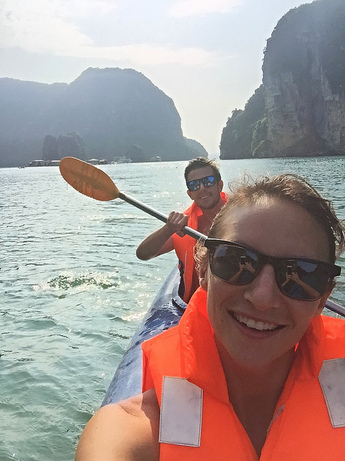
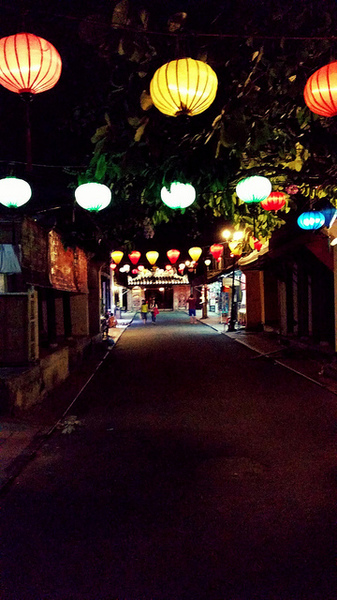
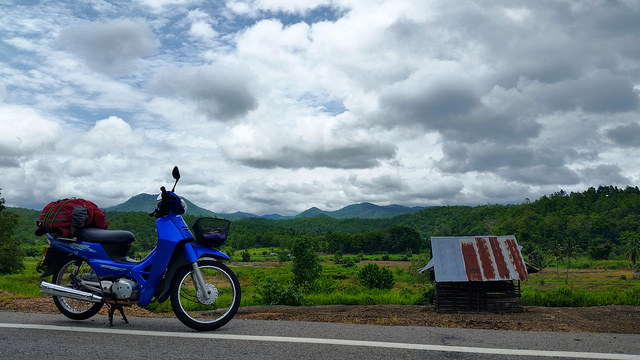
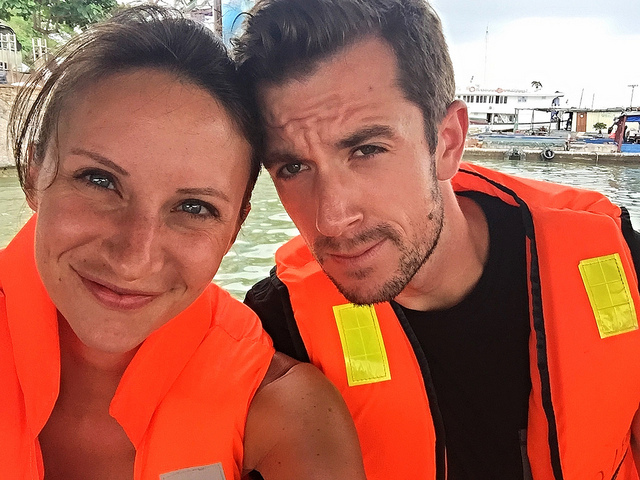

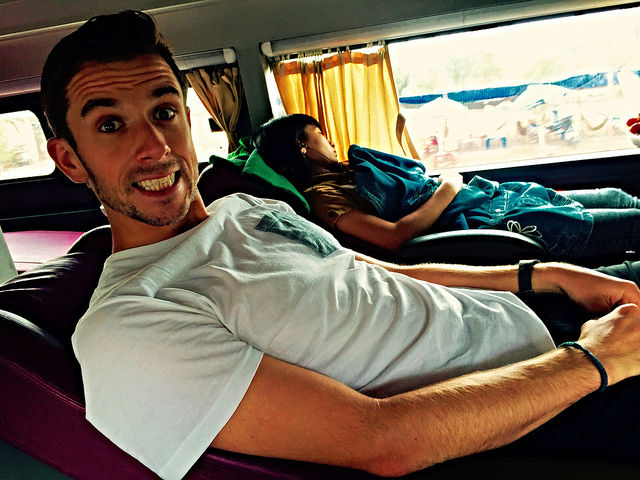
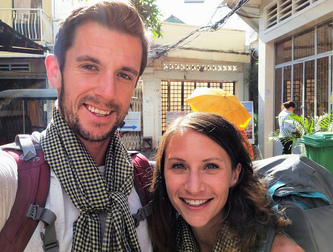
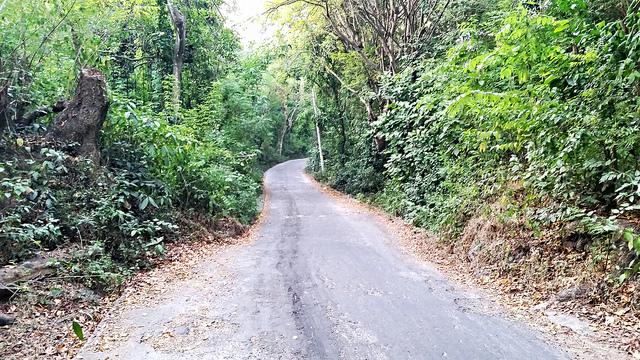
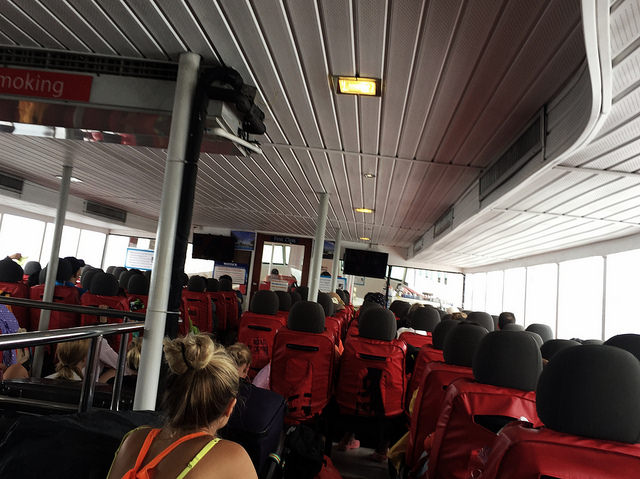
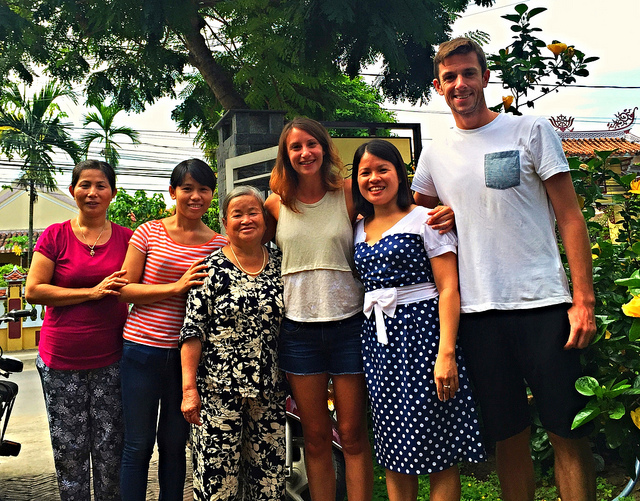
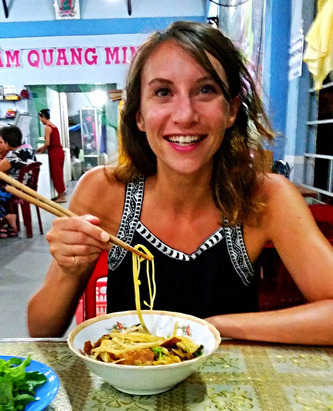
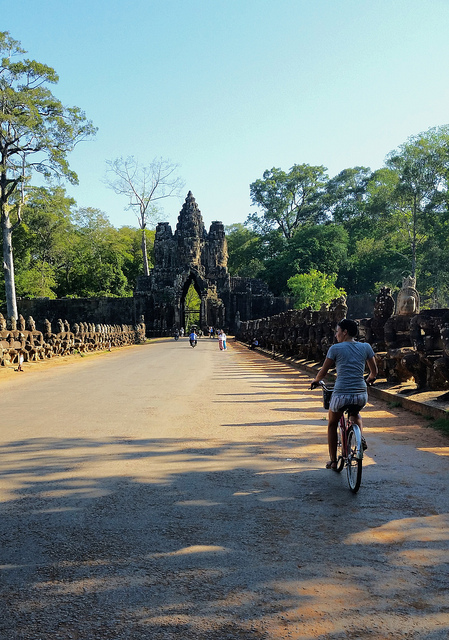
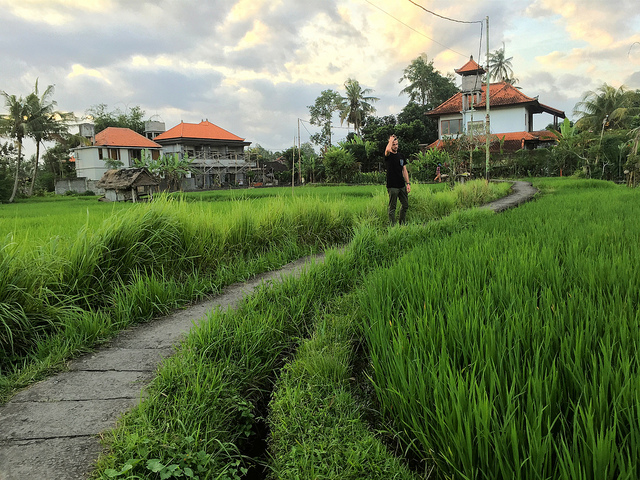
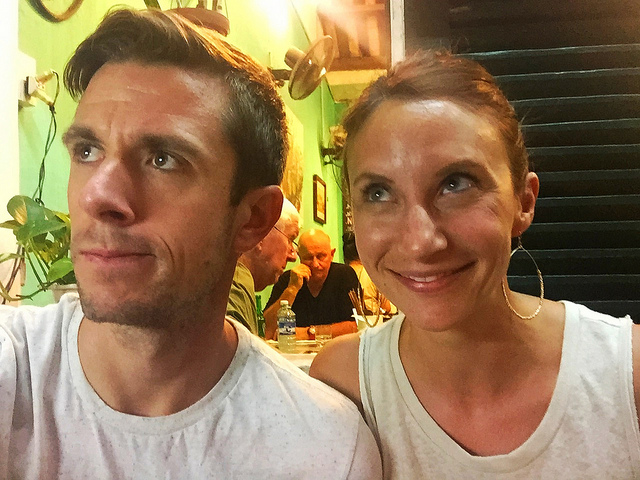
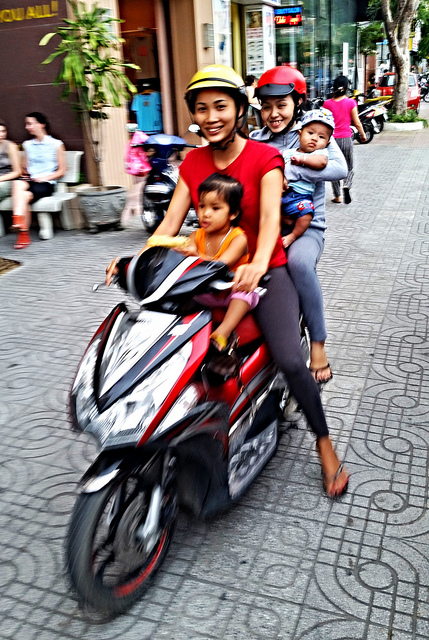
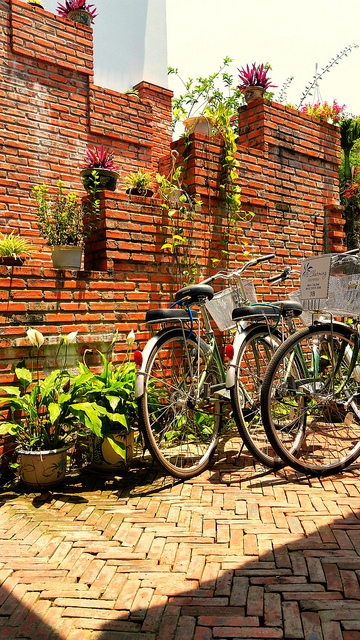

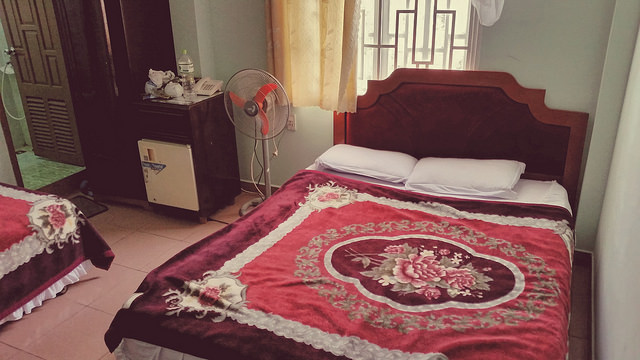
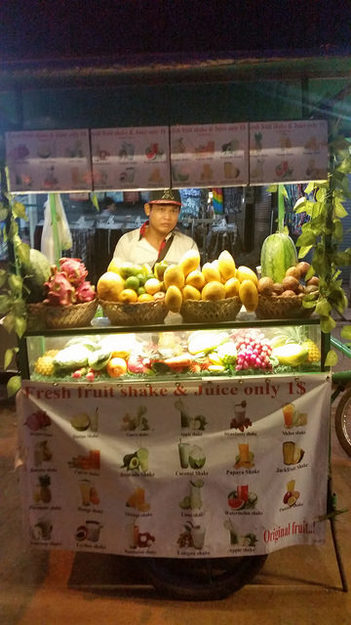
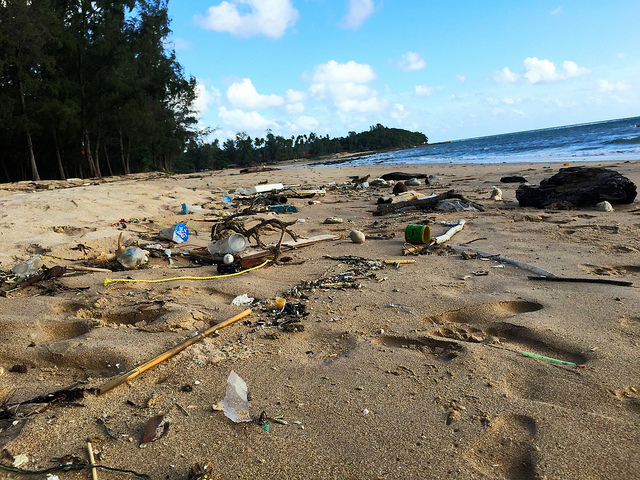
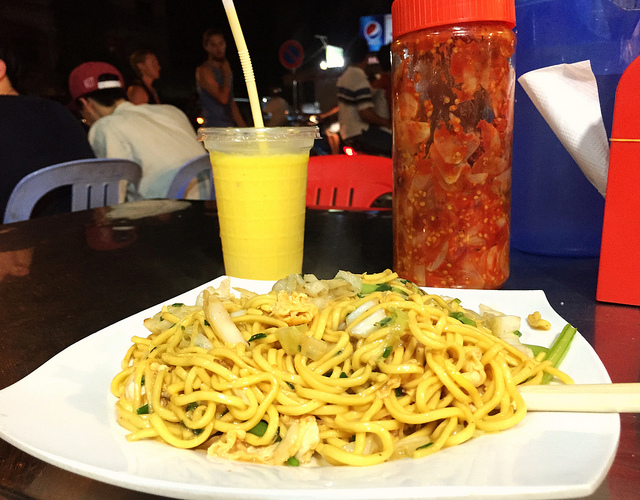
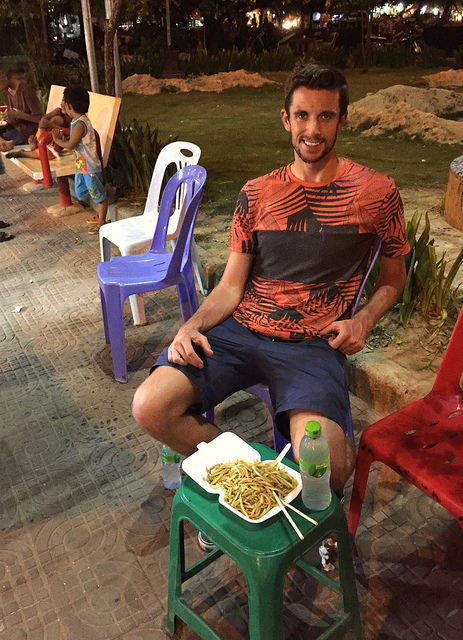
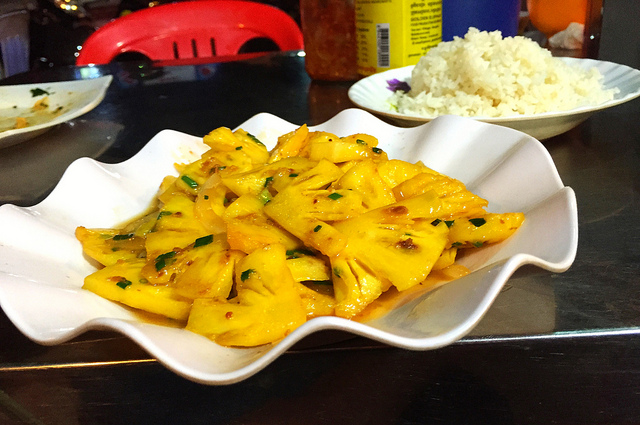
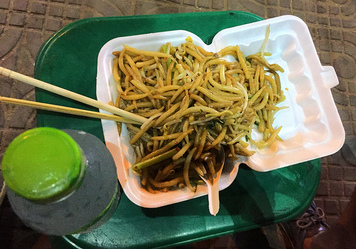
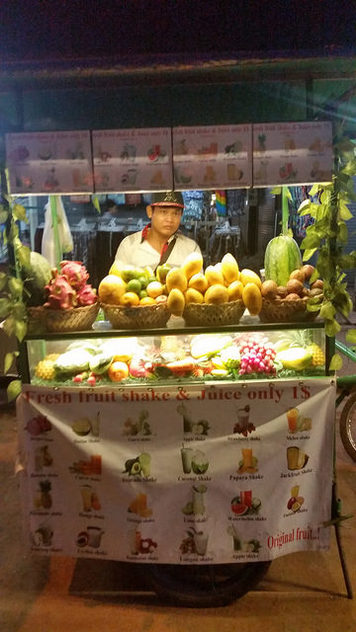
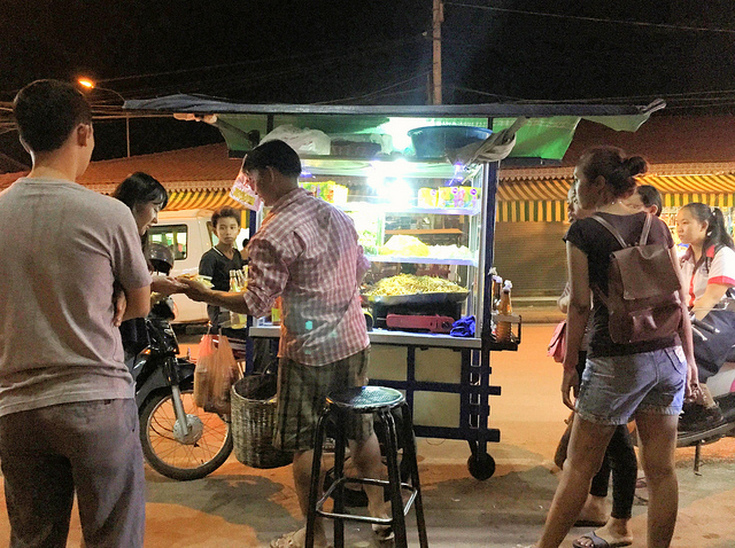
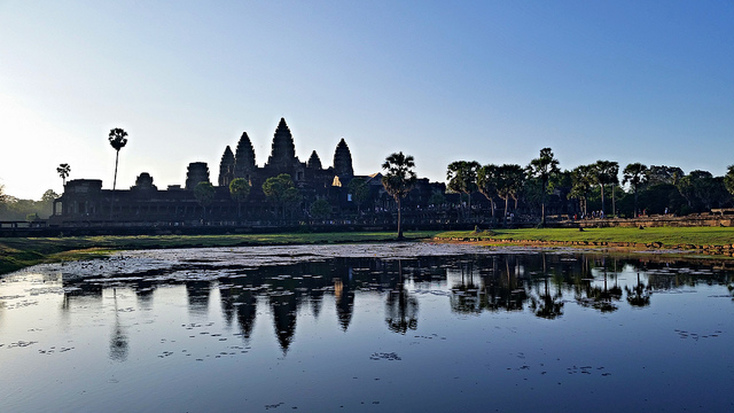
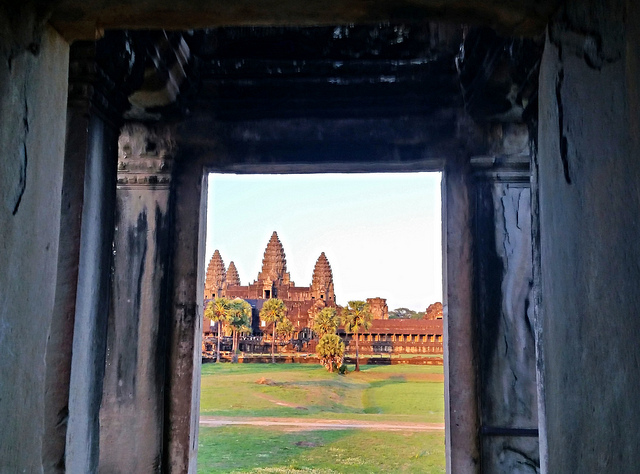
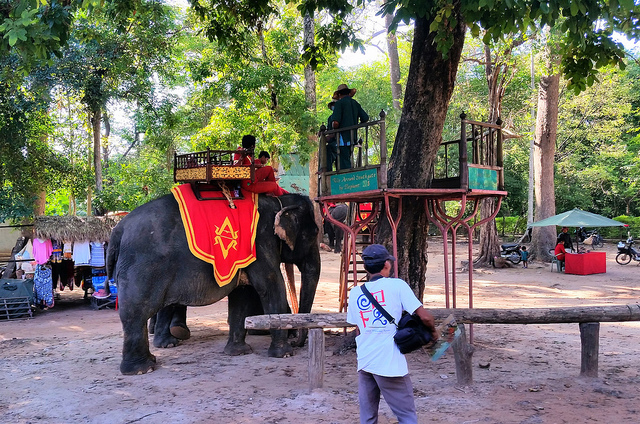
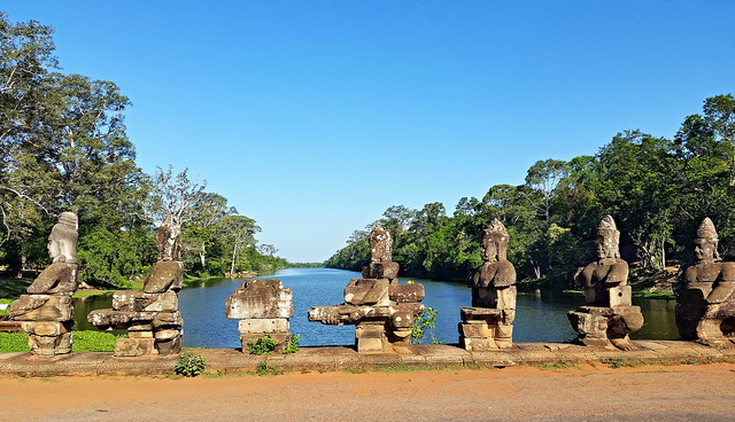

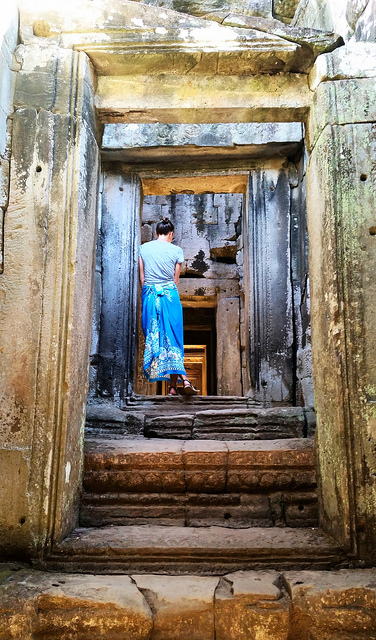
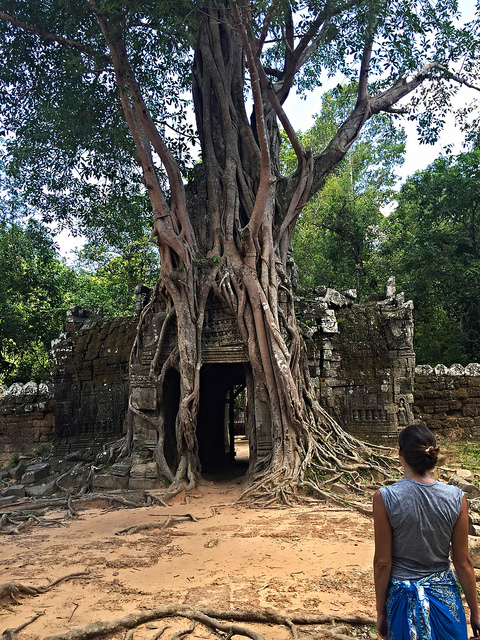
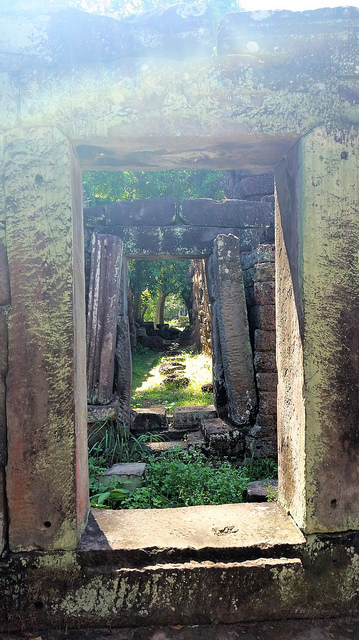
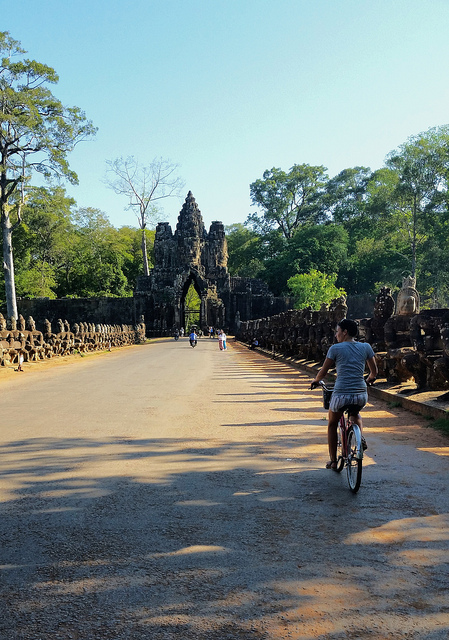
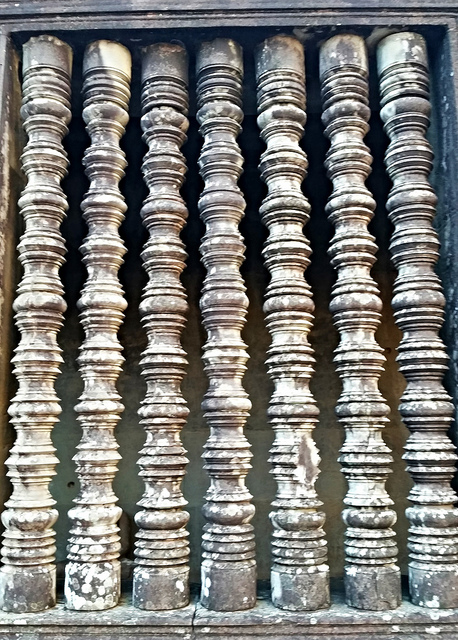
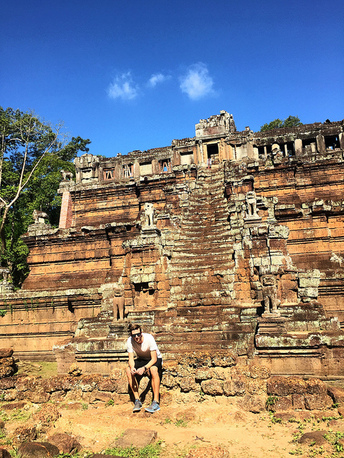
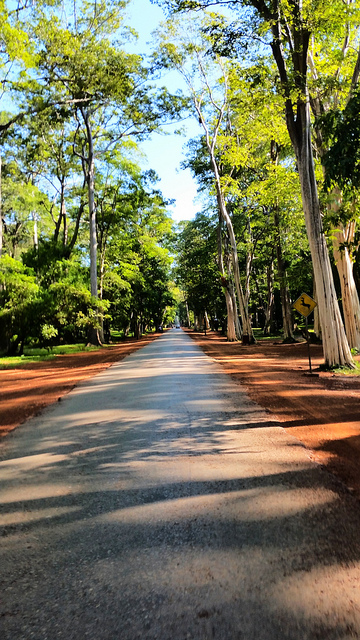
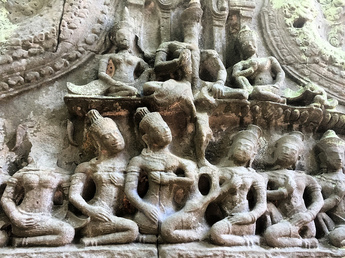
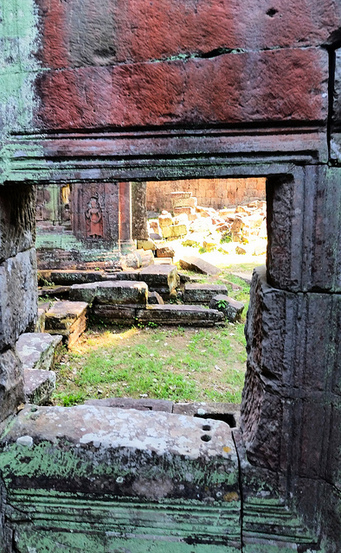
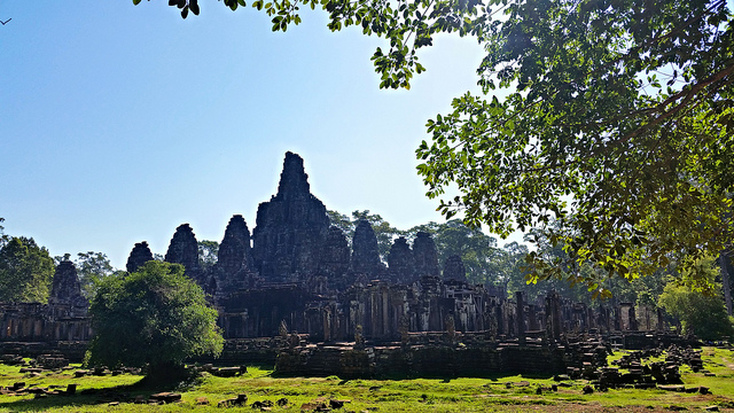
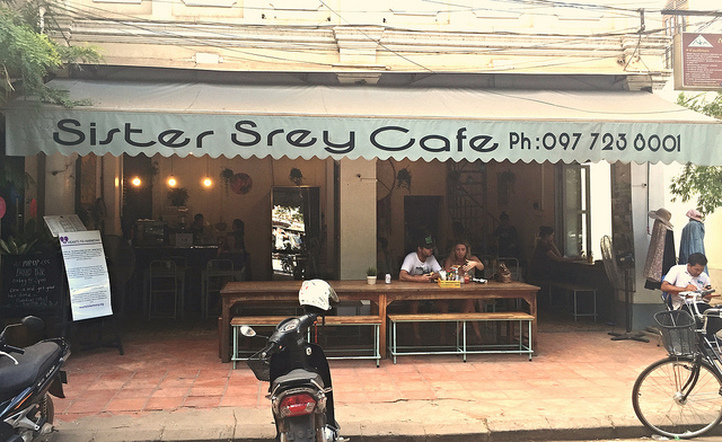

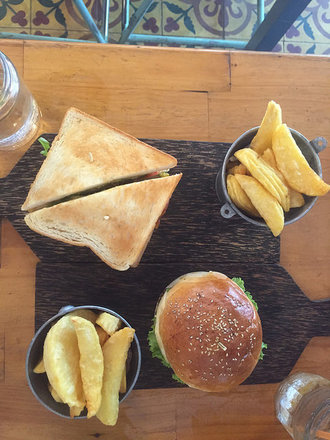
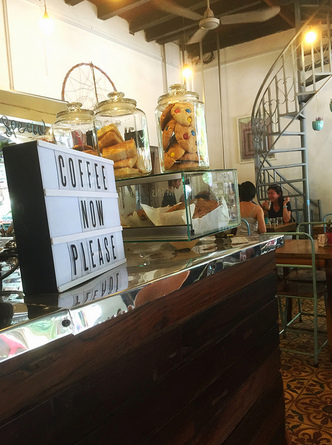
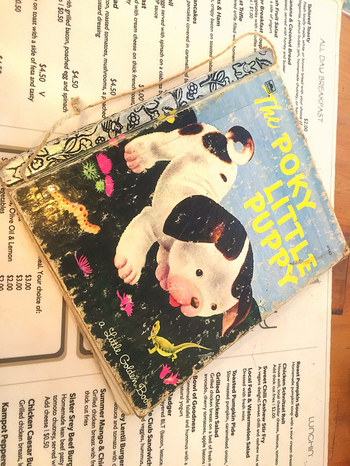
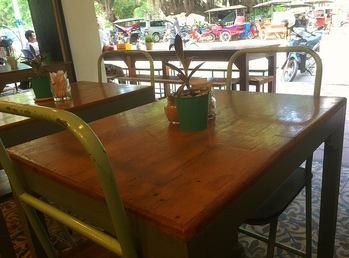
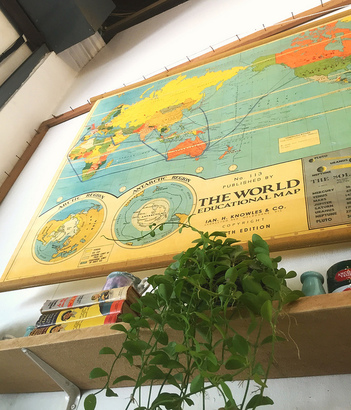
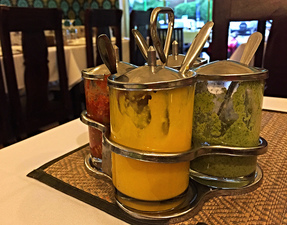
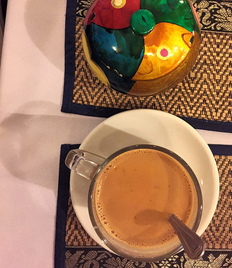

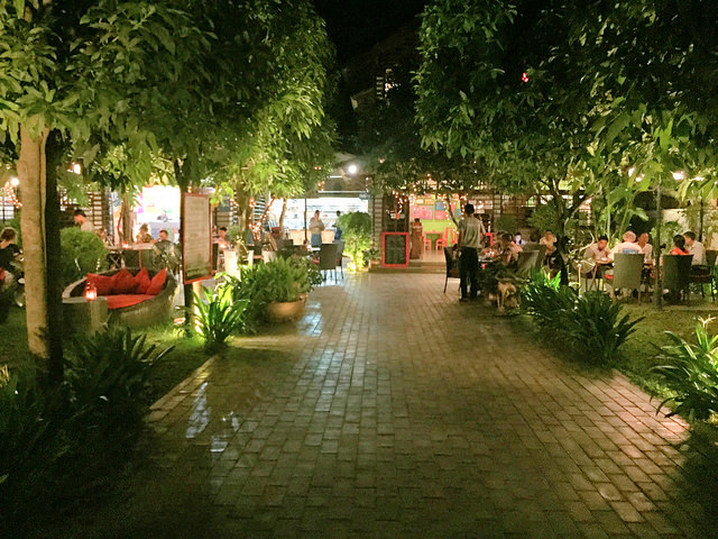
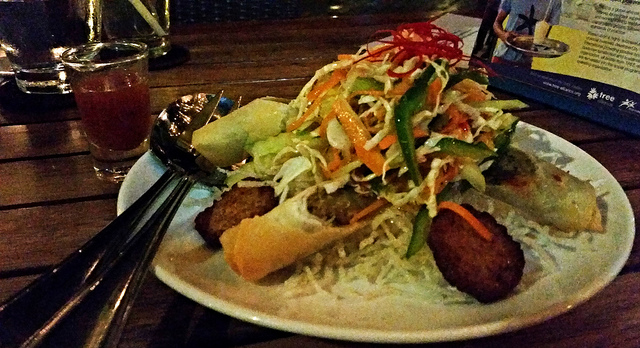
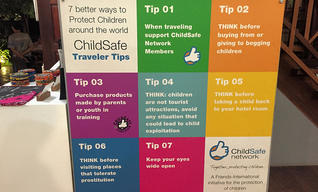
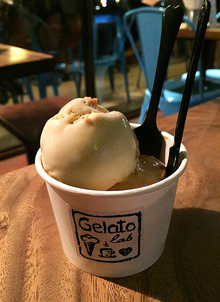
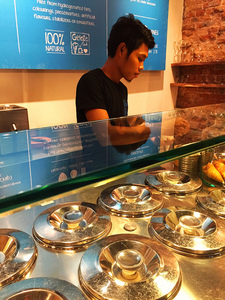
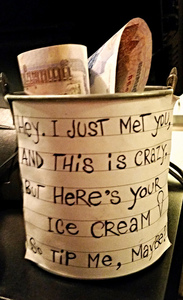
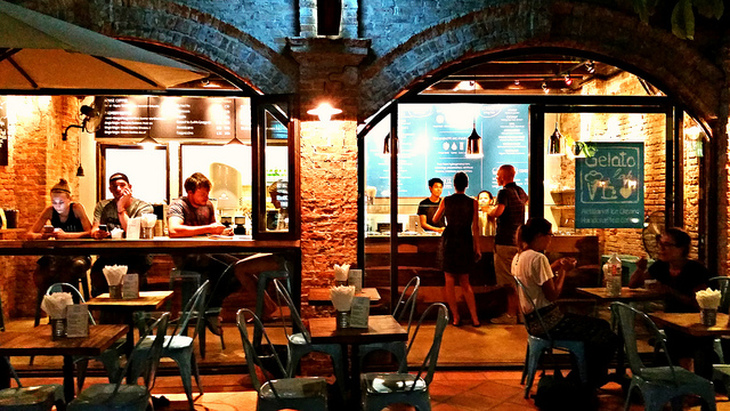
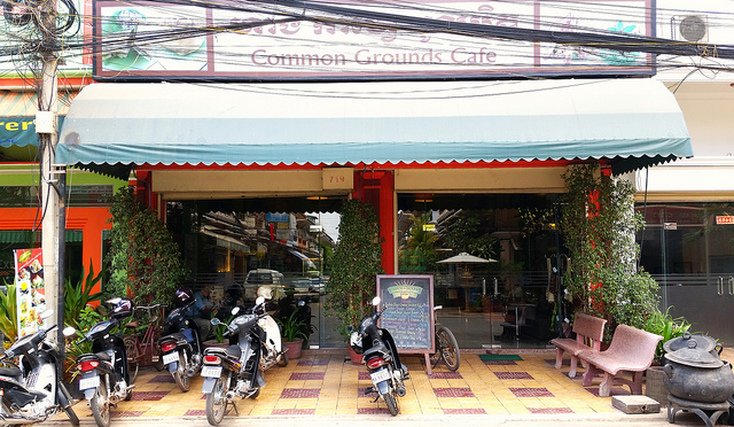
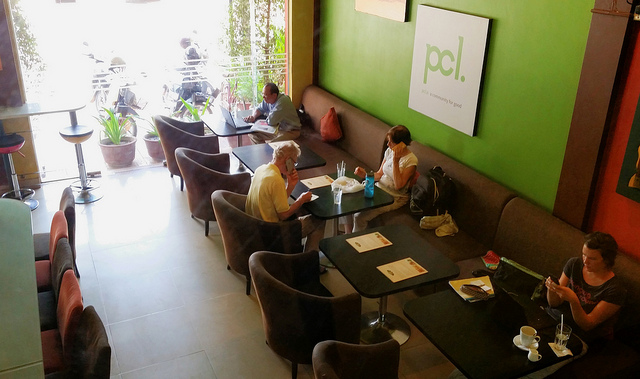
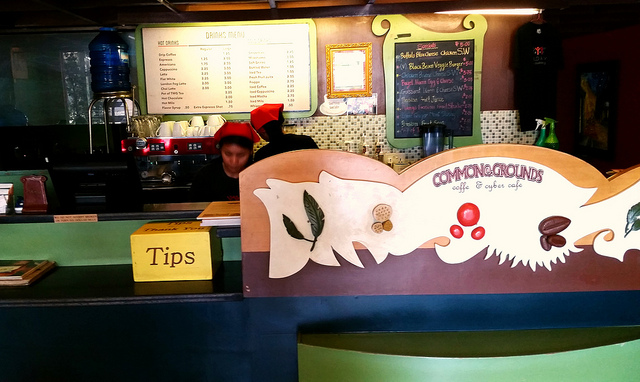
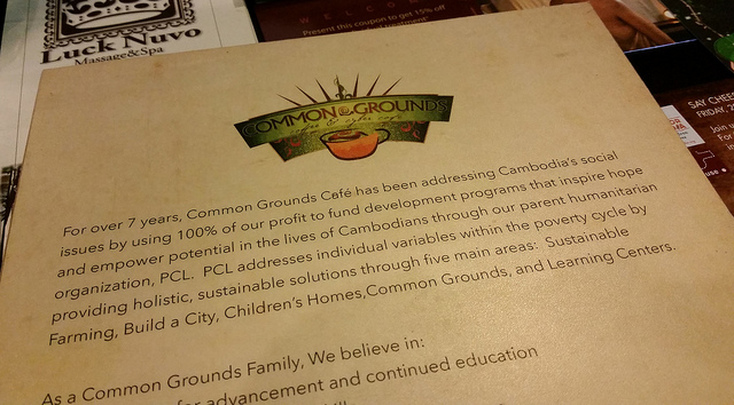
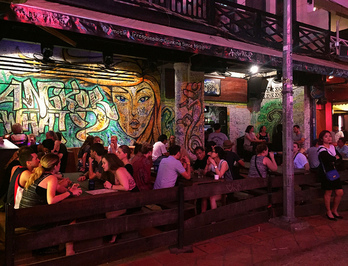
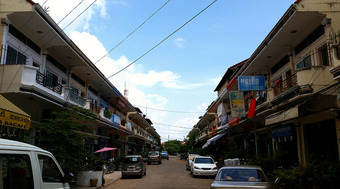
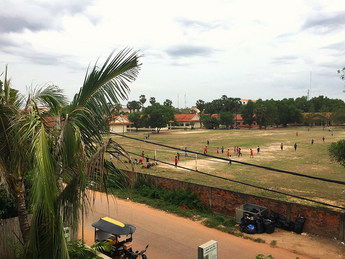
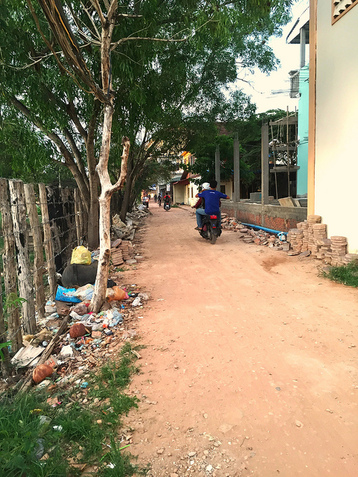
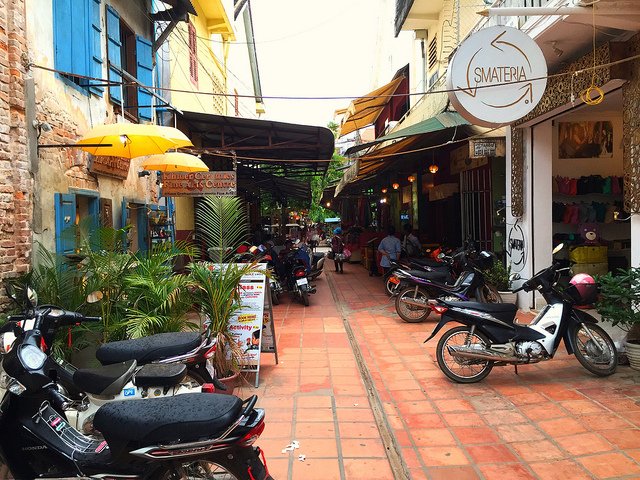
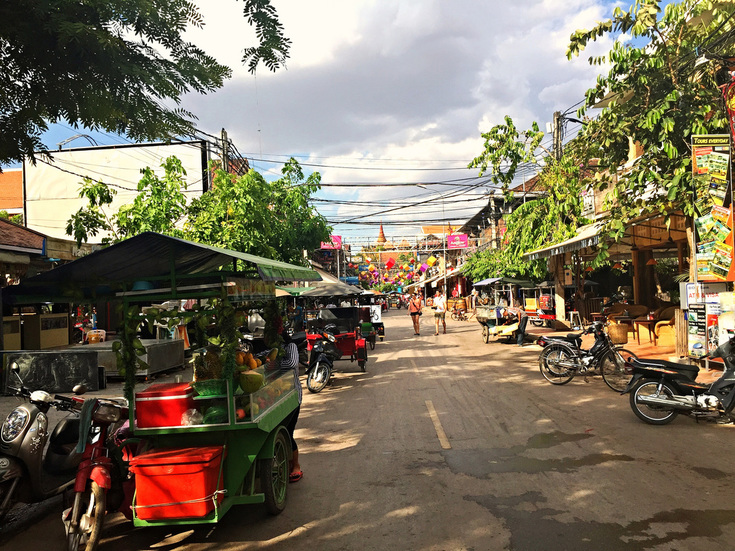
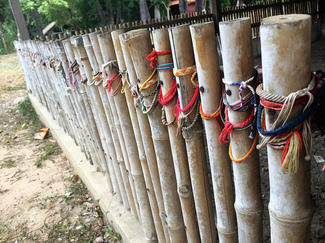



 RSS Feed
RSS Feed
